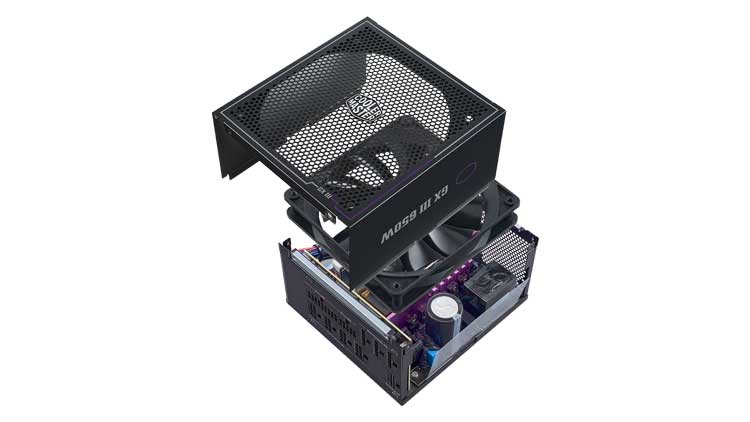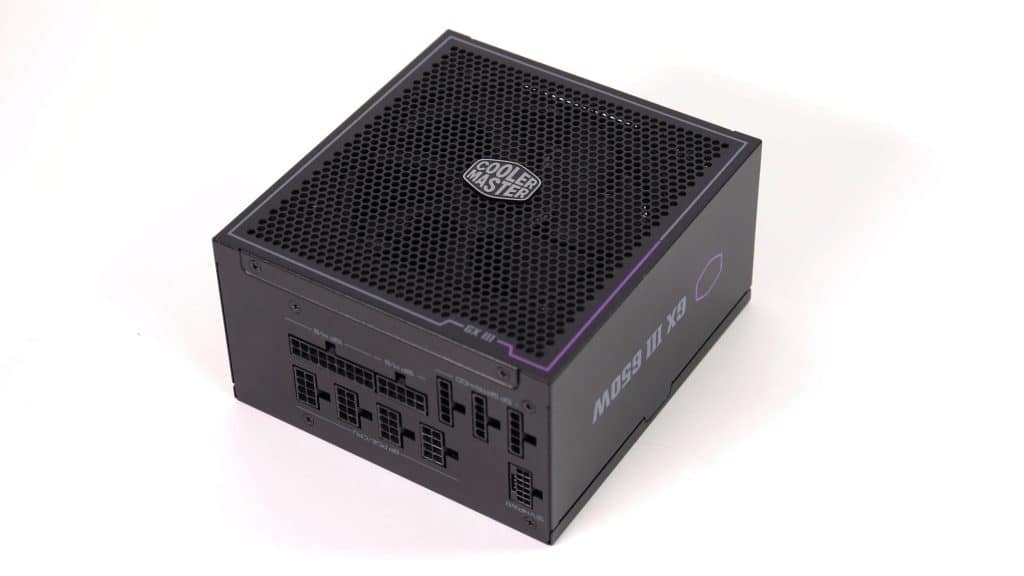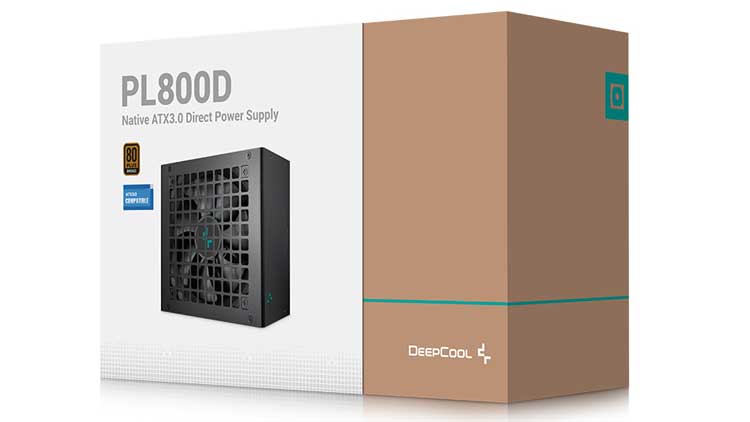Epilogue
The Cooler Master GX III 650W achieves a high enough overall performance, but its main issue, besides the high price tag, is that at the time of the review, it wasn’t available in the US market, but only in the EU one. This restricts its sales and I don’t know the reason behind its limited availability. Moreover, given the high price tag, I expected to find a way better cooling fan and not that terrible Yate Loon. I wonder why CM provides such a long warranty in this unit, not taking into account the fan, which is of vital importance and a major failure point. Moreover, although the load regulation is tight enough at 12V, it is pretty loose on the minor rails, while the unit’s transient response needs fixing. It might pass the challenging ATX v3.0 transient response test scenarios, but it does so with a very low voltage at 12V, the lowest among all similar spec PSUs I used for comparison purposes. Apparently, Lite-On has a long way to go till it manages to reach the same performance levels as other well-established OEMs, like CWT, FSP, and Great Wall.
On the other hand, the platform’s efficiency is high; the APFC converter delivers high power factor readings not only at 115V but at 230V as well, where most PSUs have a problem. On top of that, the hold-up time is extra long, and the ripple suppression is decent on the minor rails, although not competitive, at 12V.
At almost 123 euros, without VAT, the GX III 650W is far from competitive. It needs to be sold at a way lower price to consider it. At 80 euros, excluding VAT, you can get the DeepCool PN650M, which is ATX v3.1 compliant, has lower noise output, and good enough overall performance.
Before investing in a new power supply, read my Best ATX v3.x PSUs article to check all alternative PSU offerings. You help me a lot by using my affiliate links, which don’t increase the product’s price. I get a commission from Amazon every time you do it, which can make a difference for me, especially now that I am on my own, working exclusively for my media and not for someone else.
- Delivered full power at 47°C
- ATX v3.0 and PCIe 5.0 ready
- High soldering quality
- Efficient
- Great performing APFC converter
- Low inrush currents at 230V
- Conservatively set protection features
- Efficient 5VSB rail
- Long hold-up time
- Long and accurate power ok signal
- Alternative Low Power Mode (ALPM) compatible
- Fully modular
- Plenty of cables, including a high power one (12+4 pin, 300W)
- Ten-year warranty
- Expensive
- The fan speed profile needs tuning
- Loose load regulation on the minor rails
- Mediocre transient response
- Increased standby power (especially at 230V)
- EPS cables should be longer than the ATX one
- Short distance (120mm) between peripheral connectors
- Low-quality fan



